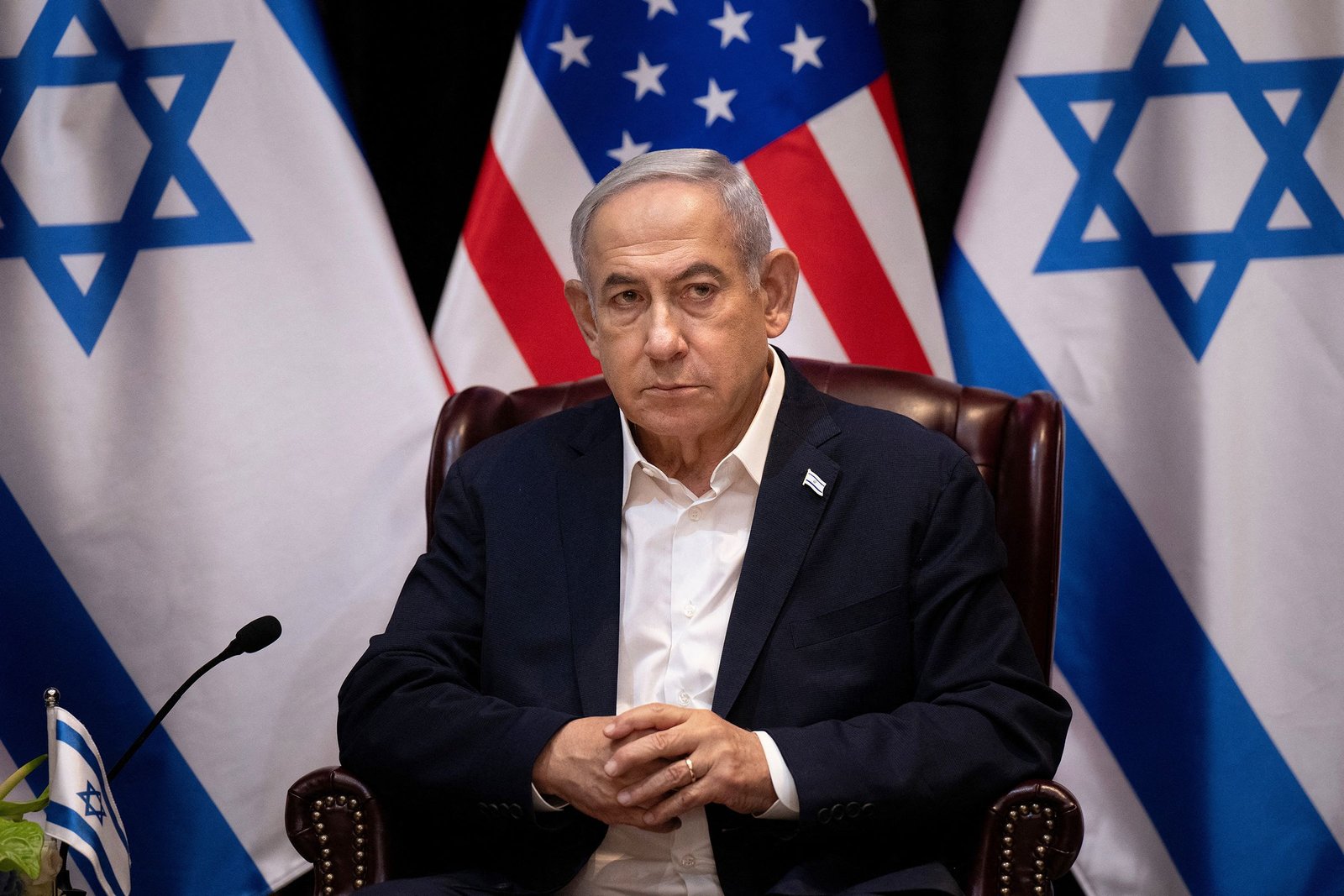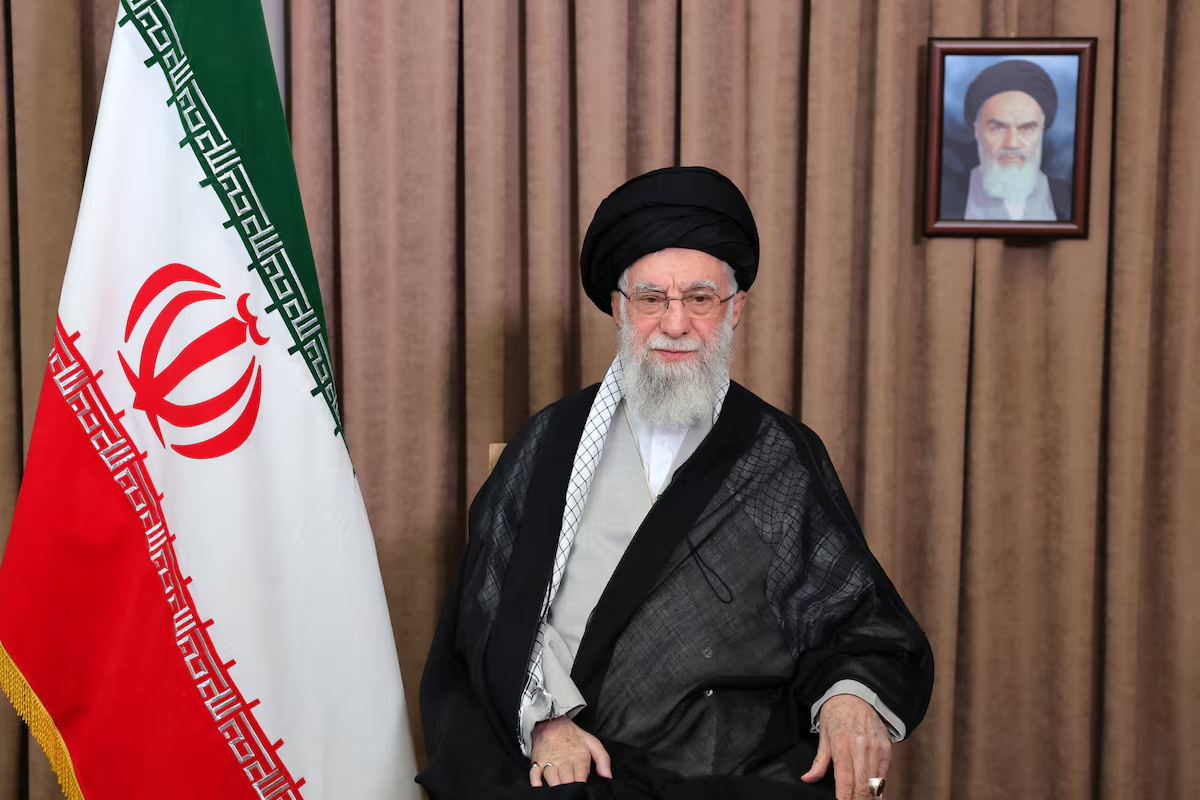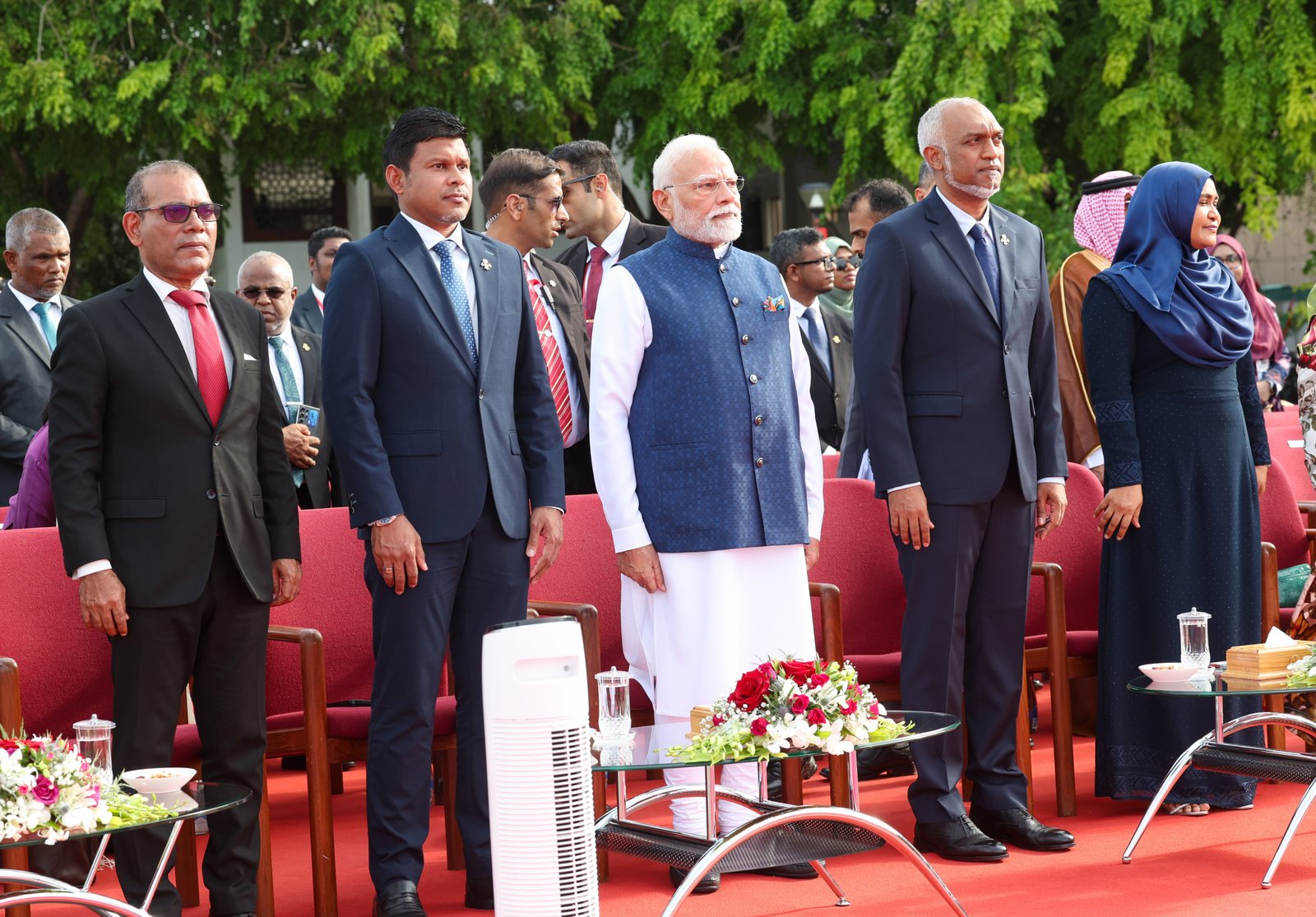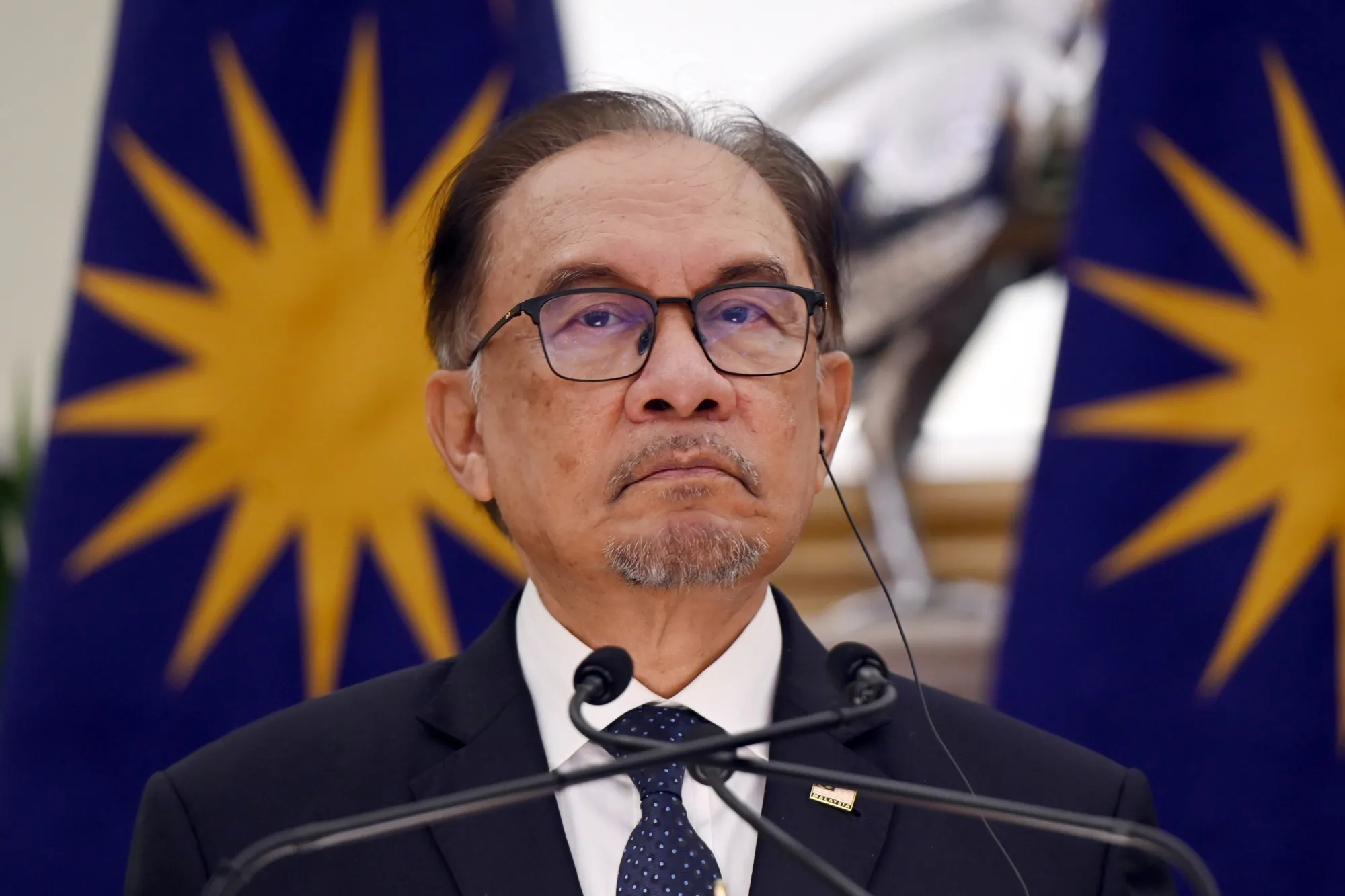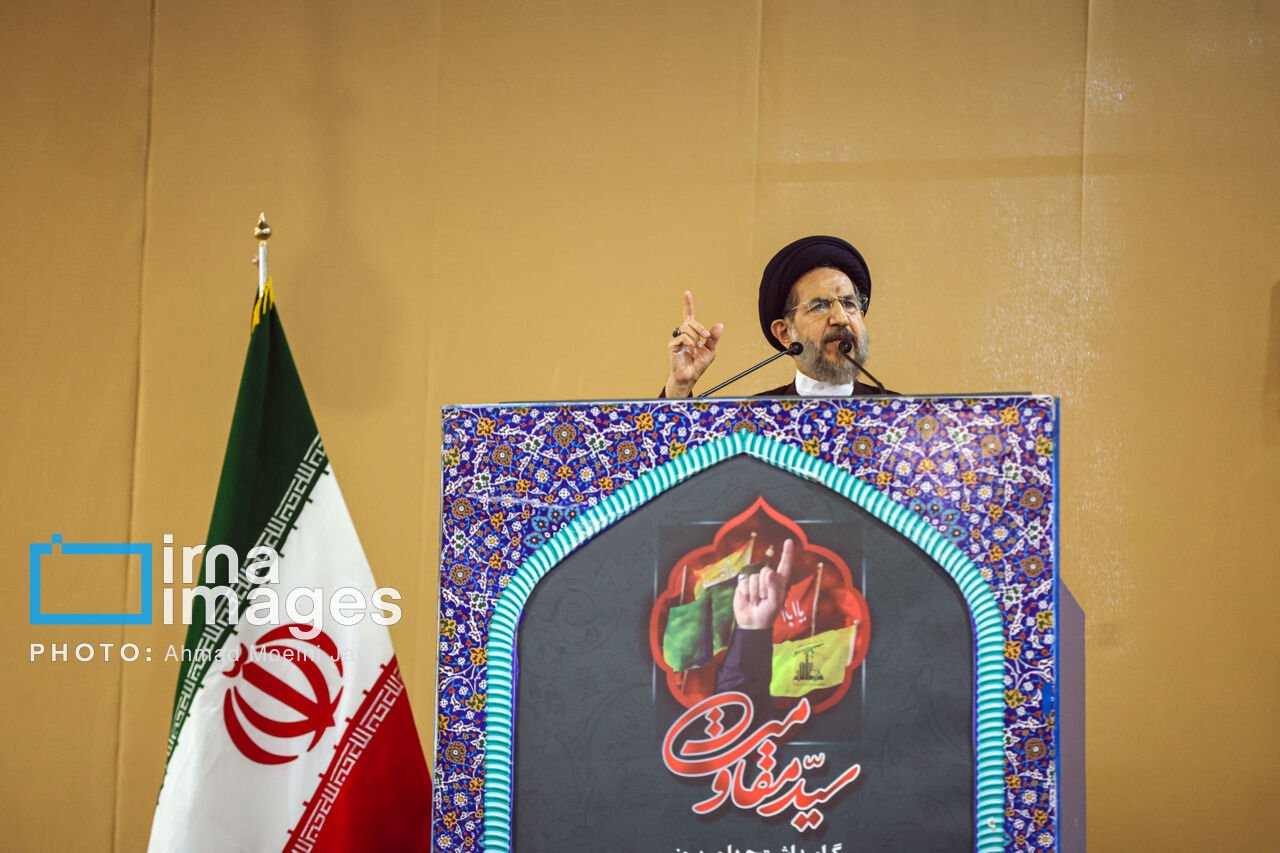Israel allows temporary ceasefire and limited humanitarian aid access in parts of Gaza
Facing mounting international pressure over the deepening humanitarian crisis in Gaza, Israel on Sunday declared a partial ceasefire in select areas of the territory and allowed limited access for aid organizations via designated safe road corridors.
Israel allows temporary ceasefire and limited humanitarian aid access in parts of Gaza
Israel allows temporary ceasefire and limited humanitarian aid access in parts of Gaza
[Jerusalem, July 27, 2025] — Facing mounting international pressure over the deepening humanitarian crisis in Gaza, Israel on Sunday declared a partial ceasefire in select areas of the territory and allowed limited access for aid organizations via designated safe road corridors.
According to the Israeli military, the move was coordinated with the United Nations and other international organizations in an effort “to increase the volume of humanitarian assistance.” The military, however, strongly rejected accusations that Israel is “weaponizing starvation” against Palestinians.
The announced ceasefire will be effective daily from 10:00 a.m. to 8:00 p.m., but only in areas where Israeli military operations are currently not active — such as Al-Mawasi, Deir al-Balah, and parts of Gaza City. Specific “safe routes” have been opened within Gaza to facilitate the delivery of food and medicine by aid organizations.
Conditions remain extremely difficult
There has been no official response yet from the United Nations or humanitarian groups operating in Gaza regarding the announcement. Aid workers say they are observing the situation to determine the on-ground impact. Many fear that the limited time window and geographic restrictions of the ceasefire may severely hinder effective aid delivery.
Israel imposed a total blockade on Gaza after ceasefire negotiations collapsed on March 2. In May, it allowed limited aid to enter, but that process was controlled not by the UN but through the Israel- and U.S.-backed Gaza Humanitarian Foundation (GHF).
The United Nations and several international NGOs have accused Israel of deliberately adopting a "starvation strategy" to pressure Gaza’s population and achieve its military objectives.
Airdrops and humanitarian disaster
Israel has also begun air-dropping food supplies into Gaza via parachutes. The United Arab Emirates and the United Kingdom have pledged to send additional aid. However, UNRWA Commissioner-General Philippe Lazzarini criticized the airdrops as “costly, ineffective, and at times dangerous.”
On Saturday alone, at least 50 Palestinians were reported killed in Gaza — many while waiting in food aid lines, according to the Palestinian Civil Defense. “I was standing in front of an Israeli tank just to get one sack of flour. I thought this was the end for me,” said Gaza resident Hussam Soboh.
With a lack of widespread humanitarian access, many people are now crowding at GHF-operated centers. However, over the past two months, Israeli strikes near these centers have reportedly killed more than 1,000 Palestinians. Some residents now refer to these sites as “death traps.”
On Saturday evening, Israeli forces seized a boat named Handala operated by the human rights group Freedom Flotilla Coalition as it attempted to reach Gaza. Its live broadcast was quickly cut off, and the incident could not be independently verified.
Gaza’s Health Ministry reports that since the beginning of the ongoing war, at least 59,733 Palestinians have been killed — the majority of them women and children. Meanwhile, 1,219 Israelis, mostly civilians, were killed during the Hamas attack in October 2023.


